Skip to content
Light Emitting Diodes: LEDs.
WS812B LED Setup Guide
**Raspberry Pi Setup Guide**
### Hardware Connection
1. Connect the WS812B LED array to the Raspberry Pi's GPIO pins. Make sure to match the LED array's data, clock, and power pins to the corresponding pins on the Raspberry Pi.
2. Connect the power supply to the LED array and the Raspberry Pi.
[Image: Raspberry Pi connected to WS812B LED array. Generate image using prompt: "A Raspberry Pi connected to a WS812B LED array with jumper wires, on a breadboard, with a power supply in the background"]
### Installing Dependencies
1. Open a terminal on the Raspberry Pi and update the package list: `sudo apt-get update`
2. Install the necessary dependencies: `sudo apt-get install python3-pip`
3. Install the RPi.GPIO library: `sudo pip3 install RPi.GPIO`
4. Install the ws281x library: `sudo pip3 install ws281x`
5. Reboot the Raspberry Pi to ensure the dependencies are loaded: `sudo reboot`
### Programming the LED Array
1. Import the necessary libraries in your Python script: `import RPi.GPIO as GPIO` and `from ws281x import LED`
2. Initialize the LED array: `led = LED(num_pixels, pin)`
3. Use the ws281x library to control the LED array. You can use functions such as `led.setPixelColor()` to set the color of individual LEDs.
4. Write a loop to continuously update the LED array with the desired pattern or animation.
### Example Code
```python
import RPi.GPIO as GPIO
from ws281x import LED
# Initialize the LED array
num_pixels = 60
pin = 18
led = LED(num_pixels, pin)
# Set the color of individual LEDs
led.setPixelColor(0, (255, 0, 0)) # Red
led.setPixelColor(1, (0, 255, 0)) # Green
led.setPixelColor(2, (0, 0, 255)) # Blue
# Show the colors
led.show()
```
**Arduino Setup Guide**
### Hardware Connection
1. Connect the WS812B LED array to the Arduino's digital pins. Make sure to match the LED array's data, clock, and power pins to the corresponding pins on the Arduino.
2. Connect the power supply to the LED array and the Arduino.
[Image: Arduino connected to WS812B LED array. Generate image using prompt: "An Arduino Uno connected to a WS812B LED array with jumper wires, on a breadboard, with a power supply in the background"]
### Installing Dependencies
1. Open the Arduino IDE and navigate to `Sketch` > `Include Library` > `Manage Libraries`
2. Search for and install the `Adafruit NeoPixel` library
3. Close and reopen the Arduino IDE to ensure the library is loaded
### Programming the LED Array
1. Import the necessary library in your Arduino sketch: `#include <Adafruit_NeoPixel.h>`
2. Initialize the LED array: `Adafruit_NeoPixel strip = Adafruit_NeoPixel(num_pixels, pin, NEO_GRB + NEO_KHZ800)`
3. Use the Adafruit NeoPixel library to control the LED array. You can use functions such as `strip.setPixelColor()` to set the color of individual LEDs.
4. Write a loop to continuously update the LED array with the desired pattern or animation.
### Example Code
```cpp
#include <Adafruit_NeoPixel.h>
// Initialize the LED array
const int num_pixels = 60;
const int pin = 6;
Adafruit_NeoPixel strip = Adafruit_NeoPixel(num_pixels, pin, NEO_GRB + NEO_KHZ800);
void setup() {
strip.begin();
strip.show(); // Initialize all pixels to 'off'
}
void loop() {
// Set the color of individual LEDs
strip.setPixelColor(0, strip.Color(255, 0, 0)); // Red
strip.setPixelColor(1, strip.Color(0, 255, 0)); // Green
strip.setPixelColor(2, strip.Color(0, 0, 255)); // Blue
// Show the colors
strip.show();
delay(1000);
}
```
References
Want to print your doc?
This is not the way.
This is not the way.

Try clicking the ⋯ next to your doc name or using a keyboard shortcut (
CtrlP
) instead.